Did you know that there are Lipizzaners in South Africa?
It is a little bit different to other classical riding schools, whereas only women ride and train the 40 odd Lipizzaner stallions. Public performances take place every week on Sundays in Kyalami near Johannesburg.
There is also an affiliated stud farm that provides horses for the academy as well as preserving a valuable genetic pool for European studs.
The roots of the South African Lipizzaners trace to two individuals, both immigrants to South Africa who were each born in Eastern Europe: Horse breeder Count Elemer Jankovic-Besan of Hungary and horse trainer Major George Iwanowski of Poland.
In 1944 a select few Lipizzaners were rescued from war-torn Europe and brought to South Africa by Count Jankovich-Besan. The stallions at Kyalami are direct descendants of those horses and their predecessors.
In 1951, Major George Iwanowski, a Cavalry Officer, left his native Poland to come to South Africa. He met Count Jankovich-Besan at the Royal Show in Pietermaritzburg, visited his stud and was offered a Lipizzaner to train, and thus ‘Maestoso Erdem’ became the first Lipizzaner to be seen demonstrating High School Dressage movements.
The Beginning
The Jankovics-Bésán family was long known as influential breeders of Lipizzan horses. The animals they bred included Tulipan, founder of the foundation bloodline of the same name.
They also preserved an important branch of the Pluto bloodline. About 1890, the family stud farm at Terezovac (now in Croatia), a part of the Jankovics-Bésán estate, was split up because of an inheritance issue. As a result, a second stud was founded in Cabuna not far from Terezovac. After the resolution of yet another dispute over the Slovenian property of the Jankovics-Bésáns in the late 1920s, the horse breeding operation then moved to Oreglak in Hungary. In 1944, the owner of the stud, Count Jankovics-Bésán, was forced to flee due to the advance of the Red Army. He left with eight Lipizzans: six mares and two stallions. He first went to Sunching, Germany, where his parents’ stud farm was located, and then he fled with his horses to Dorset, England, arriving at Christmas 1946 at the property of Lord Digby. Then, in December, 1948, Jankovics-Bésán brought the horses to South Africa where he settled in Mooi River in KwaZulu-Natal.
Major George Iwanowski, a former Polish cavalry officer, set up the tradition of classical horsemanship in South Africa on his own. In his dissertation, he wrote about horse breeding. After two years as an assistant manager of the Polish National Stud in Boguslawice, he finished cavalry school and went into the army. After the Second World War he took over Gestüt Lauvenburg in Rhineland for two years. Then he went to South Africa. He and Josy Hicks founded Centaur Stables in Johannesburg. This later became the first home of the South African Lipizzaners.
The Academy & Breeding Program
The relationship between Janković-Bésán’s horses and the training talents of Iwanowski began in 1951, when the two men met at the Royal Agricultural Show in Pietmaritzburg. Janković-Bésán then invited Iwanowski to his farm in Mooi River, and offered Iwanowski the Lipizzan stallion Maestoso Erdem for training. Iwanowski trained the stallion up to the Haute Ecole level.
Later Janković-Bésán had to sell his herd, which then consisted of 6 stallions, 9 mares and 3 fillies, for financial reasons. They were purchased by Jack and Angela Irvin. About 1972, the Irvin’s went to Vienna and imported the stallion Maestoso Palmira to add new blood to the herd in order to prevent in-breeding. They later imported another stallion to use as an outcross, Siglavy Savona. However, the Lipizzan stallions and mares in South Africa are still direct descendants of the original six mares and two stallions. The stud now has up to 20 broodmares, and has become a genetic out cross pool for European studs, because these bloodlines were cut off for several generations from the rest of the world.
In the mid-1950s, George Iwanowski met Colonel Hans Handler, who at the time was second in command at the Spanish Riding School. Handler began to travel to South Africa once a year to help Iwanowski with the planning, the choreography and the training for the performance. The first public performances of the South African Lipizzaners was in 1957. There were 4 riders. Other than Iwanowski, all riders at the academy were women.
Other staff of the Spanish Riding School continued to travel to South Africa to further develop the program. Chief Rider Ignaz Lauscha’s first trip to teach in South Africa was in January 1976, over the years other riders visited to help to train the stallions and riders.
Today, the South African Lipizzaners appear on film and television and at various public performances as well as their regular Sunday morning shows.
http://www.lipizzaners.co.za/

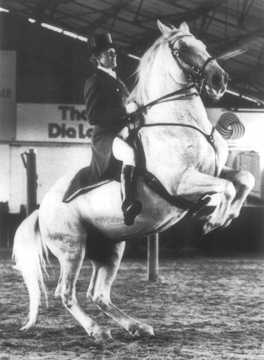
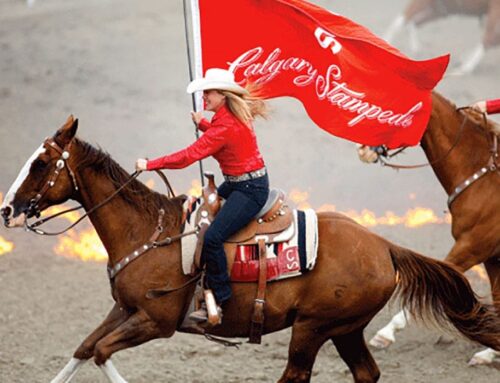
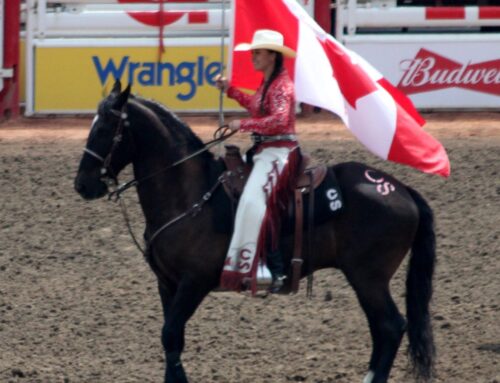
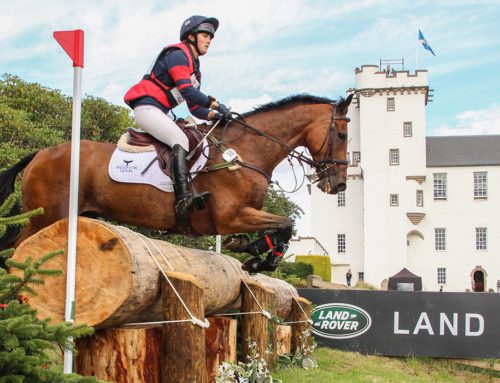
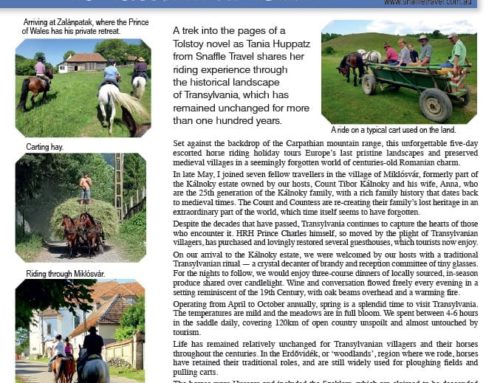
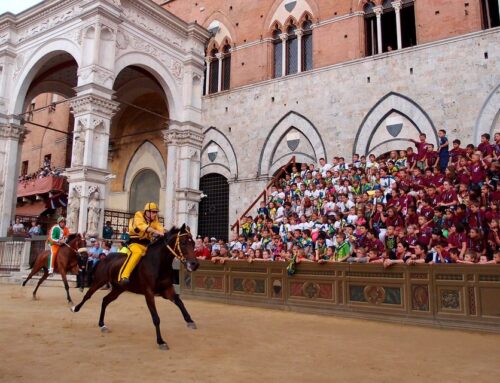
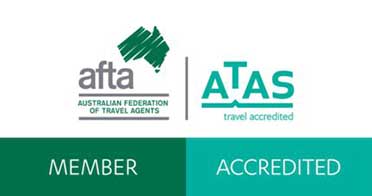

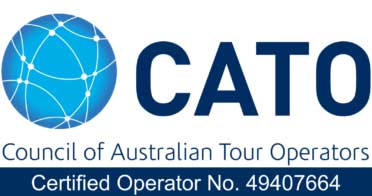


Leave A Comment